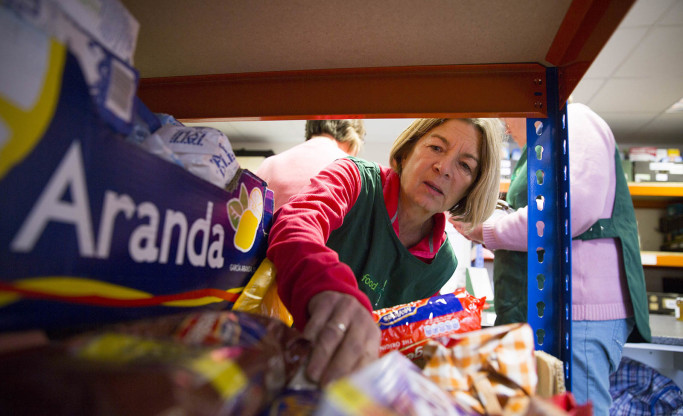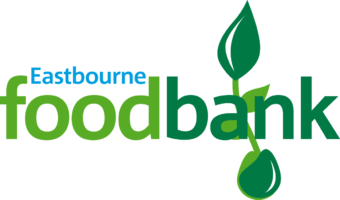
Benefit delays, low income and benefit changes are the primary reasons why people are currently being referred to foodbanks for emergency food.
About Our Statistics
The Trussell Trust statistics are a measure of volume – they show the number of people to whom The Trussell Trust foodbanks have given three days’ emergency food. These are not necessarily unique users.
For example, if a family of three was referred to a foodbank twice in one year, this would count as six people on the system because someone received three days’ emergency food six times. However, if a family of three were only referred to a foodbank once, this would count as three.
On average, people need two foodbank vouchers in a year. Our figures have always been reported in this way.
Why are statistics gathered in this way?
The Trussell Trust statistics have always been measured in this way because it shows the volume of foodbank use.
We cannot measure unique users on a national scale, but recent detailed evidence collected from a range of foodbanks indicates that on average 49 percent of foodbank users only needed one foodbank voucher in a year, and that only 15 percent needed help more than three times in a year.
When are statistics published?
We publish figures on the use of our foodbanks annually and half-yearly, as part of a regular publication scheme.
How are they collected?
Our statistics are collected using an online data collection system into which foodbanks enter the data from each foodbank voucher. The system records the number of adults and children given three days’ emergency food.


